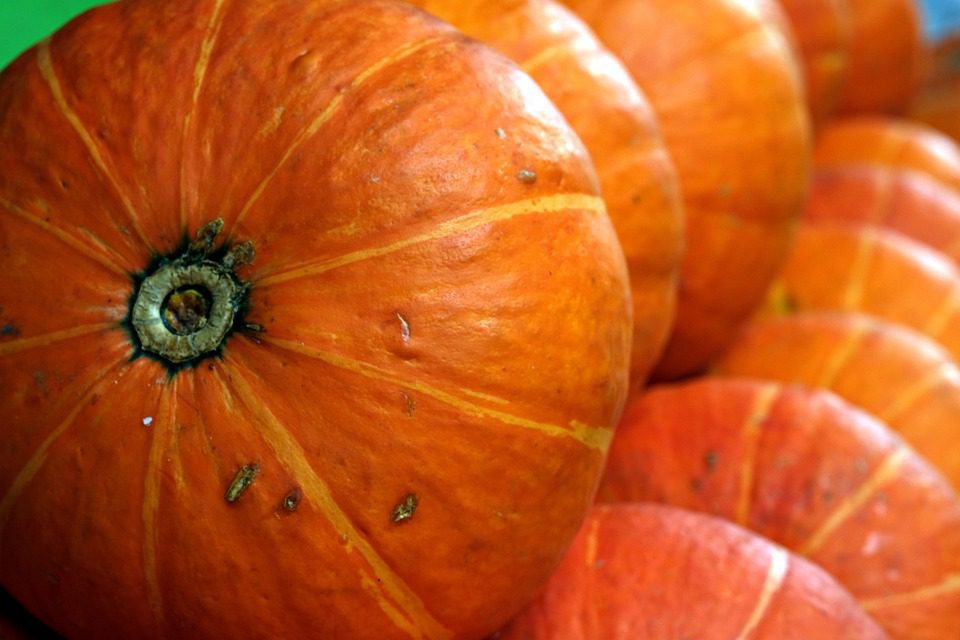Kabocha Squash: A Nutritious and Delicious Addition to Your Diet

Kabocha Squash: A Nutritious and Delicious Addition to Your Diet
Kabocha squash, also known as Japanese pumpkin or kabocha pumpkin, is a popular winter squash that is loved for its delicious flavor, creamy texture, and nutrient-rich profile. This versatile vegetable is a staple in many cuisines around the world and can be used in a variety of dishes, both savory and sweet. In this article, we will explore the nutritional benefits of kabocha squash, its culinary uses, and how to incorporate it into your diet for a healthy and delicious addition to your meals.
Nutritional Benefits of Kabocha Squash
Kabocha squash is a highly nutritious food that is packed with essential vitamins, minerals, and antioxidants. One cup (about 245 grams) of cooked kabocha squash contains approximately:
Calories: 49
Carbohydrates: 12 grams
Fiber: 2.7 grams
Protein: 1.8 grams
Fat: 0.1 grams
Vitamin A: 70% of the recommended daily allowance (RDA)
Vitamin C: 33% of the RDA
Vitamin E: 13% of the RDA
Vitamin B6: 14% of the RDA
Folate: 10% of the RDA
Potassium: 14% of the RDA
Magnesium: 10% of the RDA
Iron: 7% of the RDA
Kabocha squash is also rich in beta-carotene, which is a powerful antioxidant that helps protect the body from oxidative stress and inflammation. Additionally, it is a low-calorie food that is high in fiber, making it a great choice for weight management and digestive health.
In addition to its impressive nutrient profile, kabocha squash is also a good source of phytonutrients, including flavonoids and polyphenols, which have been linked to various health benefits, such as improved heart health, reduced inflammation, and enhanced immune function.
Culinary Uses of Kabocha Squash
Kabocha squash is a versatile ingredient that can be used in a wide range of savory and sweet dishes. Its sweet, nutty flavor and creamy texture make it a popular choice for soups, stews, curries, and side dishes. It can also be roasted, steamed, or mashed, and used as a filling for ravioli, empanadas, or dumplings.
One of the most popular ways to enjoy kabocha squash is by roasting it. To do so, simply cut the squash in half, remove the seeds, and cut it into wedges or cubes. Toss the squash with olive oil, salt, and pepper, and roast it in a preheated oven at 400°F (200°C) for about 30-40 minutes, or until it is tender and caramelized. Roasted kabocha squash makes a delicious side dish or can be added to salads, grain bowls, and pasta dishes.
Kabocha squash can also be used in desserts, such as pies, tarts, and muffins. Its naturally sweet flavor pairs well with warm spices like cinnamon, nutmeg, and ginger, making it a great choice for autumn and winter desserts. You can also use kabocha squash puree as a healthier alternative to butter or oil in baking recipes, such as brownies, cookies, and cakes.
In addition to its culinary uses, kabocha squash is a popular ingredient in traditional Japanese cuisine, where it is used in a variety of dishes, including tempura, nimono (simmered dishes), and as an ingredient in sushi and sashimi.
Incorporating Kabocha Squash into Your Diet
There are many creative ways to incorporate kabocha squash into your diet, whether you are looking to add more vegetables to your meals, or simply want to try something new and delicious. Here are a few ideas to help you get started:
1. Soup: Kabocha squash makes a delicious base for creamy soups, such as kabocha squash and coconut soup or kabocha squash and ginger soup. Simply sauté onions, garlic, and ginger in a pot, add diced kabocha squash, vegetable broth, and coconut milk, and simmer until the squash is tender. Blend the soup until smooth, and season with salt, pepper, and a squeeze of lime juice.
2. Salad: Roasted kabocha squash can be added to salads for a hearty and satisfying meal. Combine roasted kabocha squash with mixed greens, nuts, seeds, and your favorite vinaigrette for a wholesome and flavorful salad.
3. Side dish: Serve roasted kabocha squash as a simple yet delicious side dish for any meal. You can also mash it with a bit of butter and maple syrup for a sweet and savory side that pairs well with roasted chicken or pork.
4. Stew: Add cubes of kabocha squash to your favorite stew or curry for a nutritious and hearty addition. Its creamy texture and sweet flavor make it a perfect complement to rich and flavorful stews.
5. Dessert: Experiment with using kabocha squash in your favorite baking recipes, such as pies, muffins, and bread. Its natural sweetness and velvety texture make it a great addition to a wide range of sweet treats.
When selecting kabocha squash, look for ones that are heavy for their size and have a hard, deep green skin with a dull, matte appearance. Avoid squash with soft spots or blemishes, as they may indicate spoilage. Kabocha squash can be stored at room temperature for up to a month or in a cool, dark place for several months.
In conclusion, kabocha squash is a nutritious and delicious vegetable that can be a valuable addition to your diet. With its impressive nutrient profile, versatile culinary uses, and flavorful taste, it is a great choice for anyone looking to add more variety and nutrition to their meals. Whether you enjoy it in soups, salads, stews, or desserts, kabocha squash is a versatile and satisfying ingredient that is sure to please your taste buds and nourish your body. So next time you’re at the grocery store, pick up a kabocha squash and get ready to explore the many wonderful ways to enjoy this exceptional vegetable.
[elementor-template id=”430″]
[elementor-template id=”433″]




0 Comments